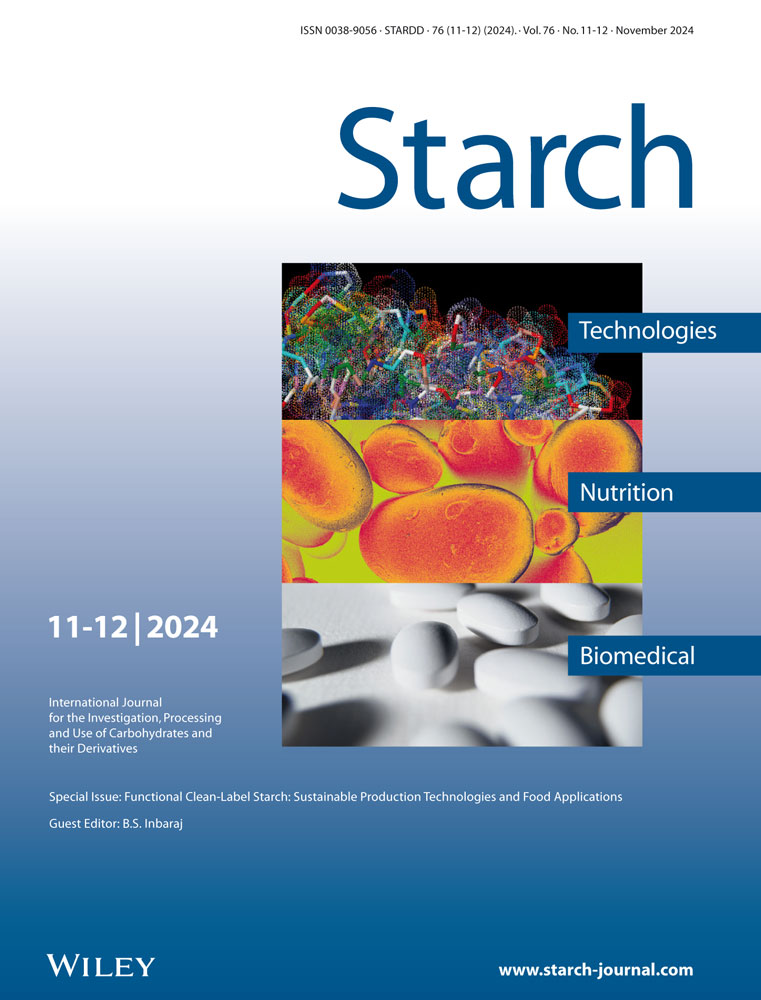Dual Starch Modifications to Expand Its End-Uses: A Review
Abstract
Starch is a polysaccharide with diverse functionalities as a thickener and a gelling and water retention agent. These activities impact in the sensory, functional, and digestibility characteristics of the products where it is used as an ingredient. Native starch has diverse drawbacks, such as low resistance to acid conditions, syneresis, and sensitivity to high shear rates, among others. Those disadvantages are overcome by chemical, physical, and enzymatic modifications. In the last decade, the use of dual-modified starch has been suggested to expand its applications, and eco-friendly modifications are recommended. This review is designed to identify the effect of double modifications on starch structure, functionality, and digestibility characteristics considered by food manufacturers to develop new or improved products. The increase in the starch degree of substitution by dual modification is key to incipient applications, such as 3D printing, biodegradable packing materials with high mechanical resistance, and foods with slow resistance to enzymatic hydrolysis.
Conflict of Interest
The authors declare no conflict of interest.




